In the quiet embrace of time, a remarkable discovery has unveiled a chapter of the natural world that had long been hidden beneath layers of sediment and forgotten eons. Pressed into a piece of rock, the flattened, 47 million-year-old body of a cicada lies as a testament to the enduring legacy of these ancient insects. Measuring a mere inch in length with a wingspan of 2.7 inches, its fossilized form is nearly intact, its veined wings spread wide as if frozen in mid-flight, capturing a moment from a world long past.
This extraordinary fossil, along with another equally well-preserved specimen from the same site, has led scientists to describe the insect as a new genus and species. Found in Germany decades ago, their presence there has rewritten the narrative of cicada evolution. These fossils are the oldest examples of “true” singing cicadas in the family Cicadidae, a revelation that has pushed back the timeline of their existence in Europe by millions of years. This discovery challenges previous assumptions and invites us to reconsider the journey of these remarkable insects across continents and through time.
Cicadas are a global phenomenon, found on every continent except Antarctica, with over 3,000 species known to science. Their presence spans the globe, from the annual cicadas that emerge every summer to the periodical cicadas that burst forth in cycles of 13 or 17 years. This year, Brood XIV, one of the largest broods, is set to emerge across a dozen US states, their collective song a symphony that has echoed through the ages.
The fossil record for insects is a treasure trove of information, yet it is abundant in only a few dozen locations worldwide. While modern cicada species are numerous, paleontologists have documented only 44 Cicadidae fossils. The earliest definitive fossil of a singing cicada was discovered in Montana, dating back 59 to 56 million years. This newly described relative from Europe, however, is the earliest singing cicada found on that continent. Its well-preserved body structures allowed scientists to assign it to the modern tribe of cicadas called Platypleurini, a group primarily distributed in tropical and subtropical regions of sub-Saharan Africa and Asia, but absent from Europe today.
This fossil has pushed back the known fossil record of sound-producing cicadas in the Platypleurini tribe by approximately 20 million years, indicating that the diversification of this group occurred much earlier than previously recognized. This revelation suggests that older fossils of the Platypleurini are yet to be discovered, a prospect that excites researchers as it could provide better calibrations for determining a more realistic evolutionary rate.
Researchers have named this ancient cicada Eoplatypleura messelensis, a name that pays homage to its place of discovery: the Messel Pit in Germany. This rich fossil site dates back to the Eocene epoch, a time when the world was warmer and teeming with life. The fossils were excavated in the 1980s and have since been housed in the collection of the Senckenberg Research Institute and Natural History Museum Frankfurt. The Messel Pit, once a deep volcanic lake with a bottom devoid of oxygen, created ideal conditions for fossilization. Its fine-grain sediments hold a variety of Eocene life, making it a UNESCO world heritage site, a designation it earned in 1995.
Among the thousands of fossil insects in Senckenberg’s collection, E. messelensis stands out for its exceptional preservation. Its overall head and body shape strongly resemble modern cicadas, with its rostrum—a snoutlike mouth—intact. Closer analysis is needed to determine whether it used this rostrum for feeding on plant tissues called xylem, as most modern cicadas do. E. messelensis also shows hints of colors and patterns in its wings, features that camouflage modern cicadas as they cling to tree trunks. This ancient cicada may have used similar tactics to blend into its environment.
However, E. messelensis differs from modern cicadas in subtle yet significant ways. Its forewings are broader and less elongated than those of species alive today, which may have affected its flight capabilities. But perhaps the most intriguing question is whether the ancient cicada’s call would have sounded like those of its modern relatives. While we cannot know the exact song, its body shape and placement in the singing cicada group suggest that it likely produced sounds similar in function to modern cicadas.
When Brood XIV emerges in the billions in the late spring and early summer of 2025, their calls will measure from 90 to 100 decibels— as loud as a subway train. Other types of cicadas produce an even louder racket: The songs of the African cicada Brevisana brevis peak at nearly 107 decibels, about as loud as a jet taking off. The volume of the ancient species’ songs may have been even louder, with E. messelensis’s broader and larger abdomen suggesting that males could have had a larger resonating cavity. This cavity may have amplified sound from the vibrating structures in their abdomens, called tymbals, to produce a louder buzz. Of course, this remains a hypothesis, one that future studies on the relationship between morphology and sound production in modern cicadas may help to test.
The discovery of Eoplatypleura messelensis is more than just a scientific curiosity; it is a window into a world that once was. It reminds us that the natural world is a tapestry woven from threads of time, each species a note in an ever-evolving symphony. As we listen to the songs of cicadas today, we are not just hearing the calls of insects; we are hearing the echoes of a history that stretches back millions of years. The ancient cicada, preserved in rock, invites us to marvel at the resilience and adaptability of life on Earth, a testament to the enduring power of evolution and the timeless beauty of nature.
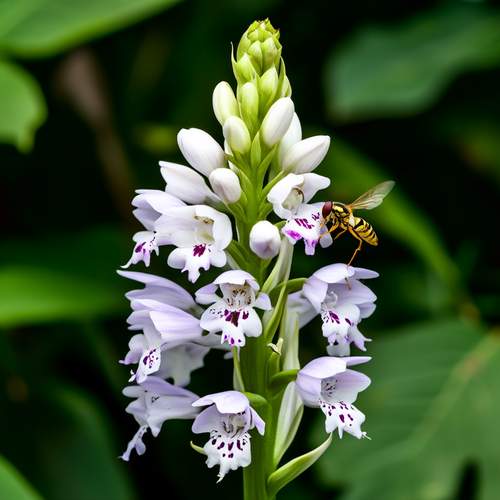
By /May 21, 2025

By /May 21, 2025

By Natalie Campbell/May 21, 2025

By Victoria Gonzalez/May 21, 2025
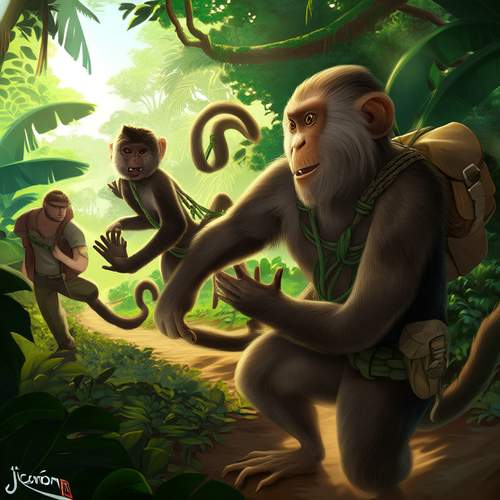
By Noah Bell/May 21, 2025

By Joshua Howard/May 21, 2025

By Olivia Reed/May 21, 2025

By David Anderson/May 21, 2025

By Victoria Gonzalez/May 21, 2025
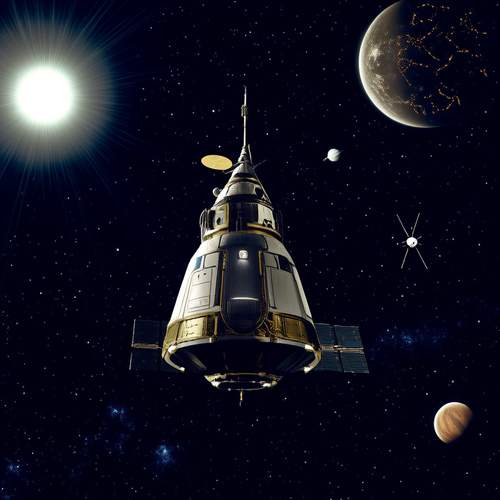
By Sophia Lewis/May 21, 2025

By Daniel Scott/May 21, 2025
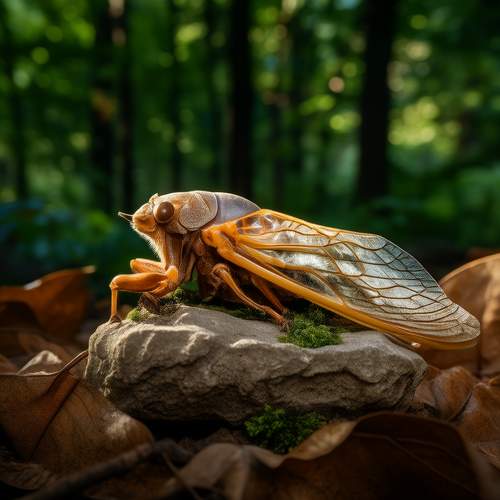
By Jessica Lee/May 21, 2025
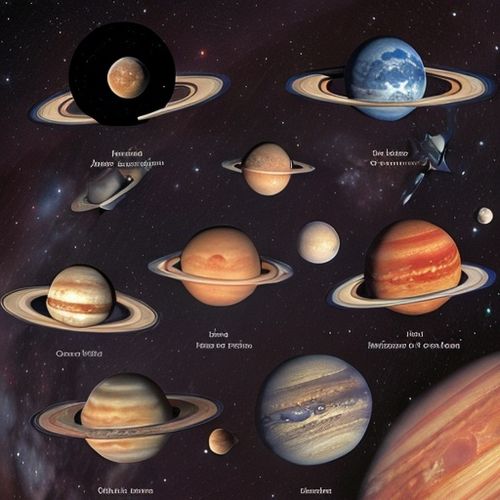
By Jessica Lee/Dec 22, 2024

By Emily Johnson/Dec 22, 2024
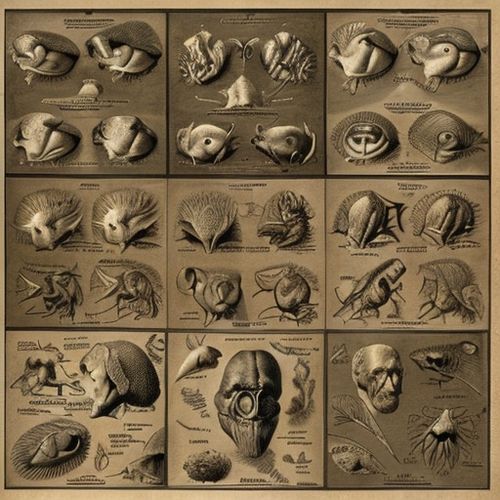
By Elizabeth Taylor/Dec 22, 2024

By Benjamin Evans/Dec 22, 2024

By Elizabeth Taylor/Dec 22, 2024